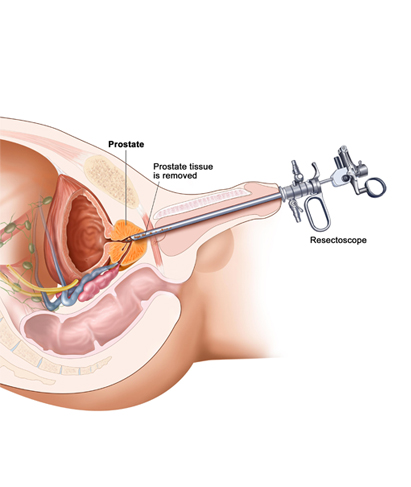Prostate Surgery in South City-2, Gurgram

Enlarged Prostate Surgery in South City-2, Gurgram
Best Prostate Enlargement Doctor in South City-2, Gurgram
Dr. Deepika's Complete Family Clinic is one of the best Prostate Surgery hospital in South City-2, Gurgram, India with world class Prostate Surgery facilities.
The prostate is a gland located underneath the bladder, in front of the rectum. It plays an important role in the part of the male reproductive system that produces fluids that carry sperm.
Surgery for partial or complete removal of the prostate is called a prostatectomy. The most common causes for prostate surgery are prostate cancer and an enlarged prostate, or benign prostatic hyperplasia (BPH).
All types of prostate surgery can be done with general anesthesia, which puts you to sleep, or spinal anesthesia, which numbs the lower half of your body.
Your doctor will recommend a type of anesthesia based on your situation.
The goal of your surgery is to:
- cure your condition
- maintain urinary continence
- maintain the ability to have erections
- minimize side effects
- minimize pain before, during, and after surgery
The goal of prostate surgery also depends on your condition. For example, the goal of prostate cancer surgery is to remove cancerous tissue. The goal of BPH surgery is to remove prostate tissue and restore the normal flow of urine.
Open prostatectomy
Open prostatectomy is also known as traditional open surgery or an open approach. Your surgeon will make an incision through your skin to remove the prostate and nearby tissues.
There are two main approaches, as we explain here:
Radical retropubic: Your surgeon will make the cut from your bellybutton to your pubic bone. In most cases, your surgeon will remove only the prostate. But if they suspect the cancer may have spread, they will remove some lymph nodes for testing. Your surgeon may not continue the surgery if they discover that the cancer has spread.
Radical perineal approach: Your surgeon will make a cut in the space between the rectum and scrotum. This is often done when you have other medical conditions that complicate retropubic surgery. In this position, your surgeon can’t remove the lymph nodes. This surgery takes less time than retropubic surgery, but there is a higher risk for erectile dysfunction.
For both approaches, you can be under general anesthesia or spinal or epidural anesthesia.
Laparoscopic approach
Laparoscopic surgery is a minimally invasive approach to prostate surgery. There are two main approaches for this kind of procedure as well:
Laparoscopic radical prostatectomy: This surgery requires multiple tiny cuts so the surgeon can insert small surgical instruments. Your surgeon will use a thin tube with a camera to see into the area.
Robotic-assisted laparoscopic radical prostatectomy: Some surgeries include a robotic interface. With this type of surgery, the surgeon sits in an operating room and directs a robotic arm while viewing a computer monitor. A robotic arm may provide more maneuverability and precision than the other procedures.
Differences between ORP, LRP, and RALRP?
According to a 2010 review Trusted Source of different surgery types for prostate cancer, the outcomes for open radical prostatectomy (ORP), laparoscopic (LRP), and robotic-assisted prostatectomy (RALRP) are not significantly different.
People who choose LRP and RALRP may experience:
- less blood loss
- less pain
- shorter hospital stay
- faster recovery time
Also, people who choose RALRP report faster recovery in continence (the ability to control the bladder and bowels) and decreased Prostate Surgery hospital stay, in comparison to LRP. But the overall outcomes still depend on the Prostate surgeon’s experience and skill.